As more and more electronic applications are used in various scenes of life, reading, writing and other activities that used to use paper products have gradually shifted to electronic products. Therefore, many people believe that in the digital era, the pulp and paper industry will eventually be wiped out.
Under the trend of plastic prohibition, the development of pulp and paper industry is improving
However, is it true?
Although it sounds logical, in fact, the pulp and paper industry has adapted to the changes that have taken place in recent years and has been developing vigorously, and this trend will continue in 2023.
Replacement for Plastic with Paper Packaging
With the pursuit of environmentally friendly production and lifestyle in Europe and the United States, paper has become a biodegradable and environmentally friendly choice, and is increasingly used in packaging and other areas. Especially in the two important markets of the United States and China, the demand for packaging products of pulp and paper is growing.
Compared with plastic packaging that is difficult to recycle, the recyclability of pulp and paper products is beyond doubt. At the same time, lightweight paper packaging not only reduces carbon dioxide emissions, but also reduces costs for businesses in transportation.
On the other hand, problems related to plastics have brought a lot of opportunities to the pulp and paper industry. The use of plastics in packaging is being reduced and gradually eliminated, which is conducive to the development of pulp and paper industry.
Demand Growth in Market
Another supporting point for the pulp and paper industry to continue to develop well is the increasing demand for packaging in the food industry and the thermal energy market.
The demand for pulp and paper in the food packaging market is also growing. In recent years, grease-resistant packaging has increasingly entered the food packaging market and is mainly used in various packaged goods and restaurants.
Therefore, it has also promoted the change of raw materials for producing oil-resistant packaging. Packaging materials containing fluorine and other chemicals are gradually replaced by paper packaging.
In addition, with the rapid development of the takeout industry, the demand for thermal insulation packaging has also been created to a certain extent. As long as the temperature of hot food needs to be kept before it is delivered to consumers, the thermal energy market in the pulp and paper industry will flourish.
Summary
Previously, the European Union set a target of collecting and recycling 55% of all plastic packaging, which is expected to be achieved by 2030. Obviously, this goal will certainly affect the development of the pulp and paper industry, but it is certainly positive.
As the largest producer of pulp and paper in the past 20 years, China will seize the greater opportunity with the gradually increasing demand for pulp and paper in the international market. But production costs should also rise as a result.
